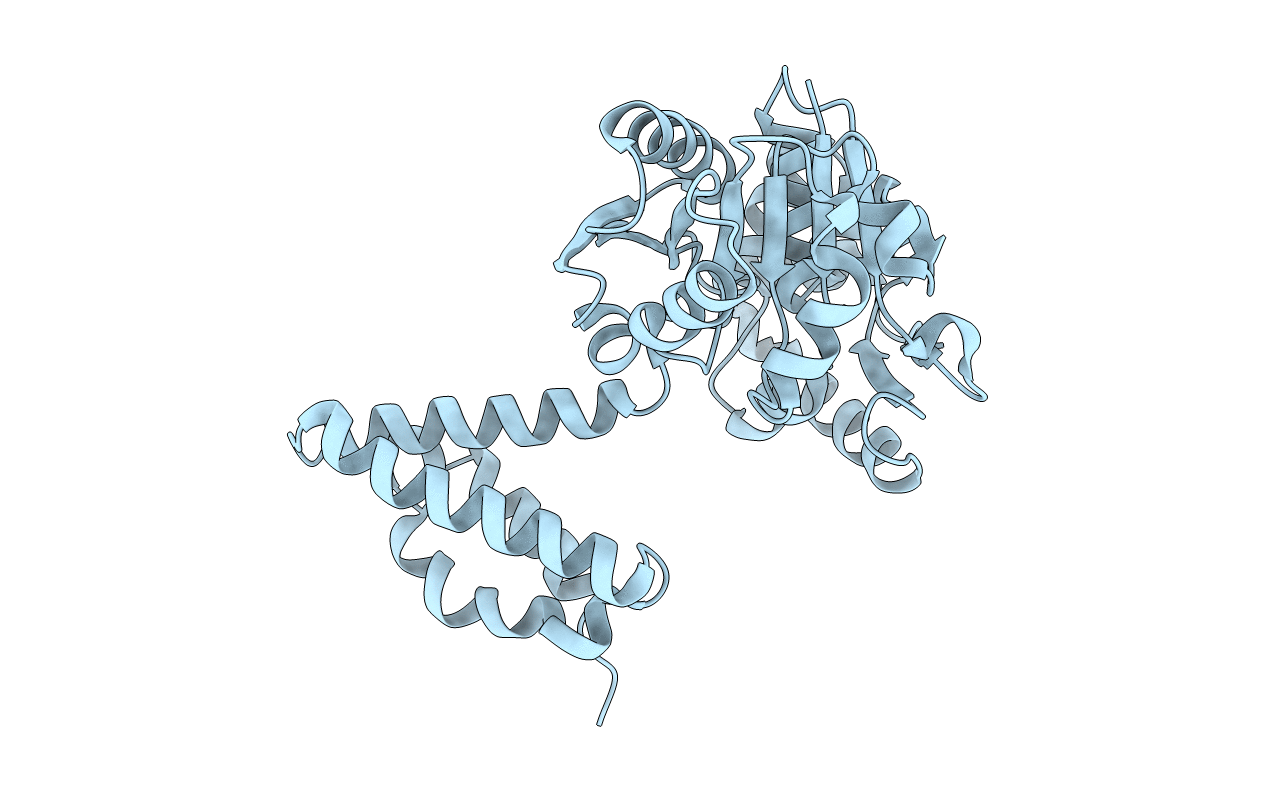
Deposition Date
2005-09-14
Release Date
2006-04-18
Last Version Date
2024-04-03
Entry Detail
PDB ID:
2B0J
Keywords:
Title:
The crystal structure of the apoenzyme of the iron-sulfur-cluster-free hydrogenase (Hmd)
Biological Source:
Source Organism:
Methanocaldococcus jannaschii (Taxon ID: 2190)
Host Organism:
Method Details:
Experimental Method:
Resolution:
1.75 Å
R-Value Free:
0.21
R-Value Work:
0.19
Space Group:
P 21 21 2


